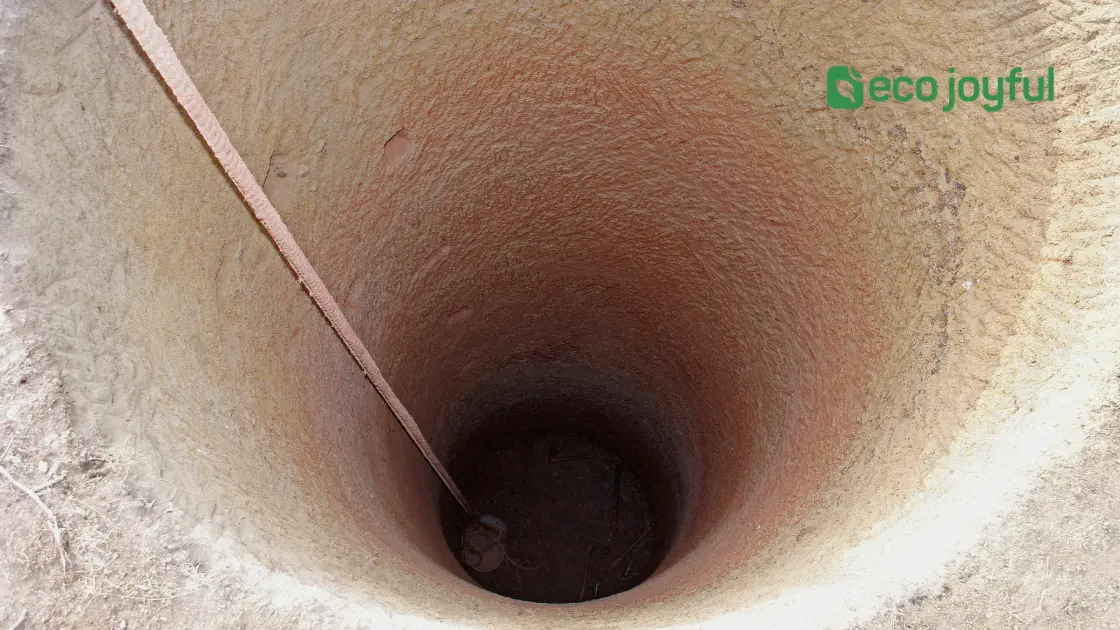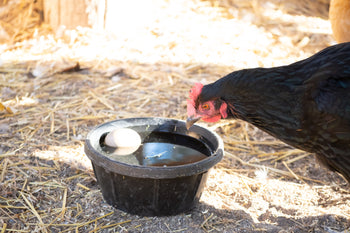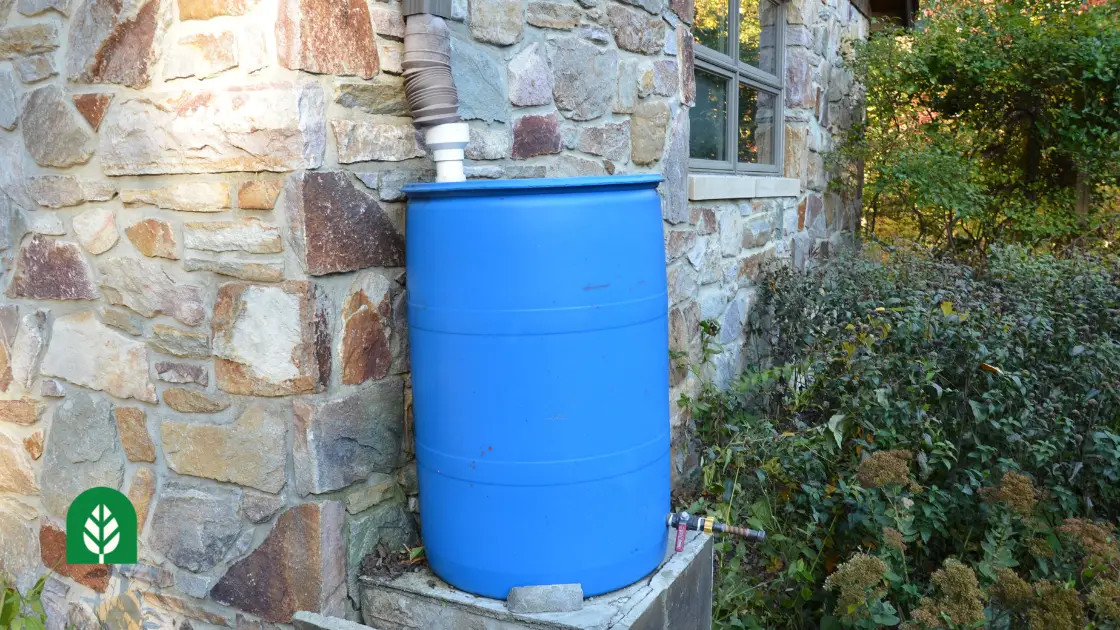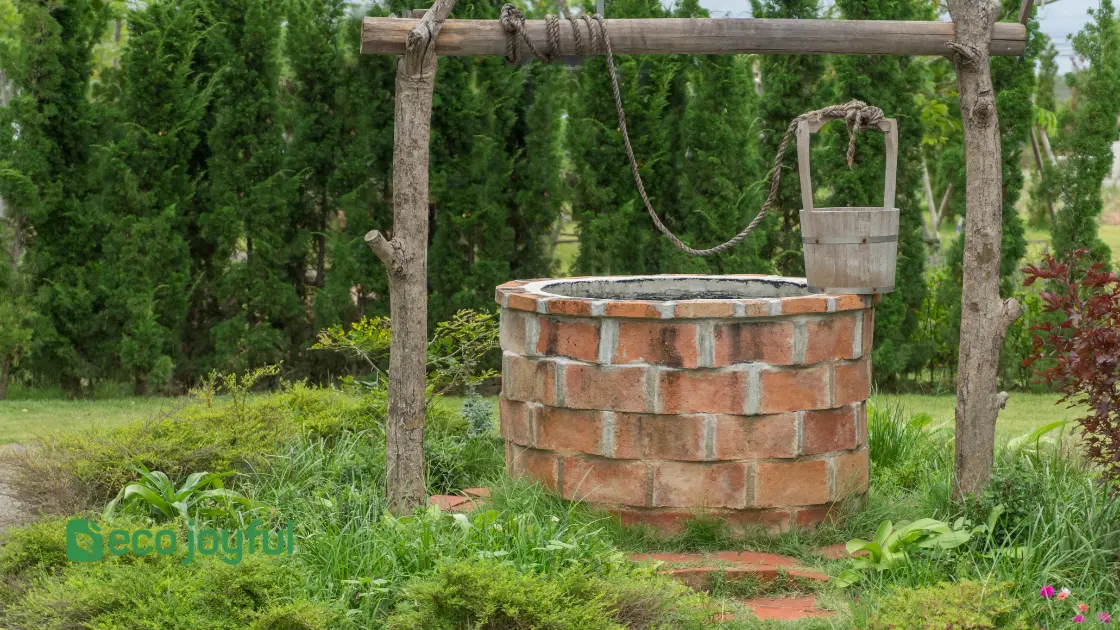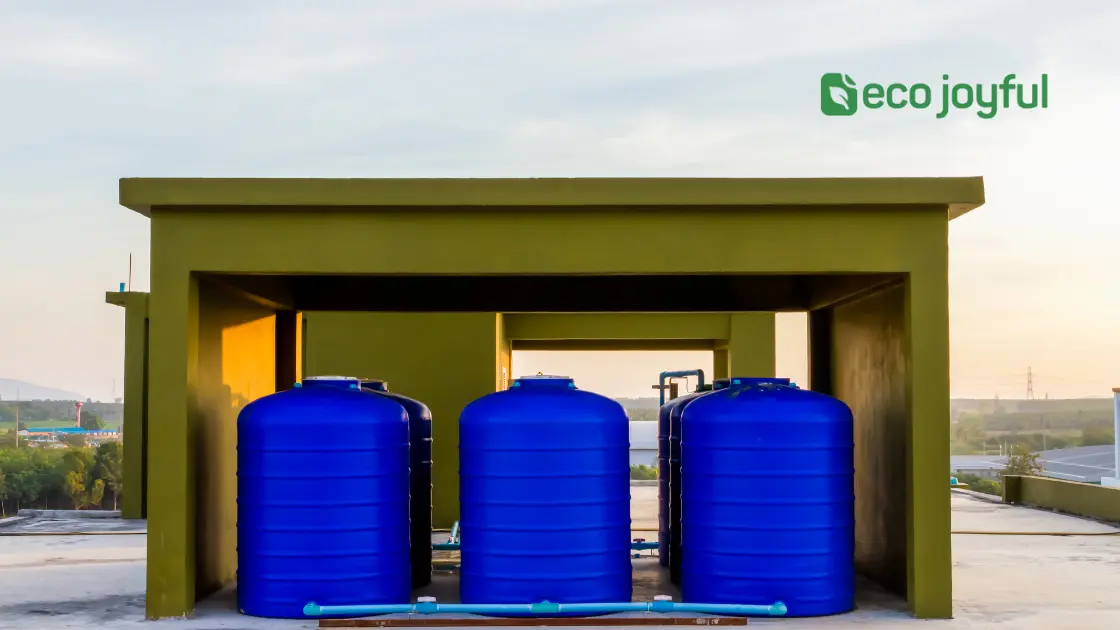To get water off grid, you can collect rainwater with a rain barrel system or drill a well for a sustainable water source. Getting water off-grid can be challenging, but with the right techniques, you can ensure a sustainable water supply.
One way to achieve this is by setting up a rainwater collection system. By installing rain barrels and diverting the downspouts from your roof into them, you can capture and store rainwater for later use. Another option is to drill a well on your property, tapping into underground water sources.
This can provide a consistent and independent water supply. Whether you choose rainwater collection or well drilling, these off-grid water solutions can help you become more self-reliant and reduce your dependence on traditional water sources.
Table of Contents
Rainwater Harvesting
Rainwater harvesting is a sustainable method to collect, store, purify, and utilize rainwater for various purposes, even in off-grid locations. It’s an eco-friendly and cost-effective approach that reduces reliance on traditional water sources and conserves valuable resources.
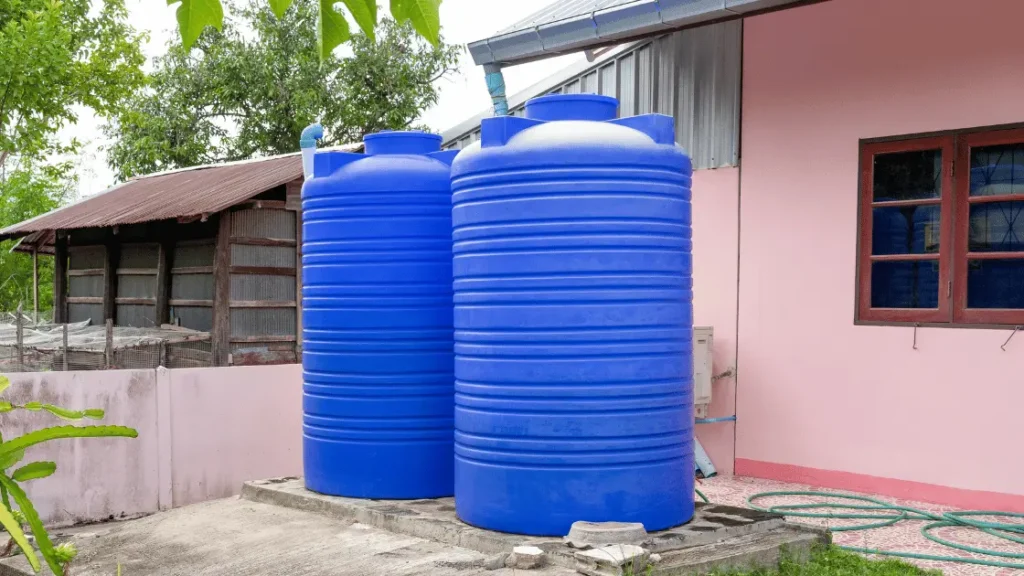
Collecting And Storing Rainwater
Collecting rainwater involves capturing rain from rooftops, gutters, and downspouts, and directing it towards a storage system. Storing rainwater is typically done in water tanks or cisterns, which should be durable and sanitary, preventing contamination and evaporation of collected water.
Purifying And Filtering Rainwater
Purifying and filtering rainwater is crucial for making it suitable for consumption and other domestic uses. This process involves removing debris, contaminants, and pollutants from the collected rainwater, ensuring it’s clean and safe for various applications.
Well Digging
If you’re living off the grid, one essential aspect of self-sustainability is ensuring a reliable and accessible water source. Well-digging is a tried and tested method that has been used for centuries to tap into the groundwater reserve beneath the earth’s surface.
Assessing groundwater availability and digging and installing a well are the key steps to getting water off the grid. In this post, we will explore these steps in detail to help you establish a well on your property.
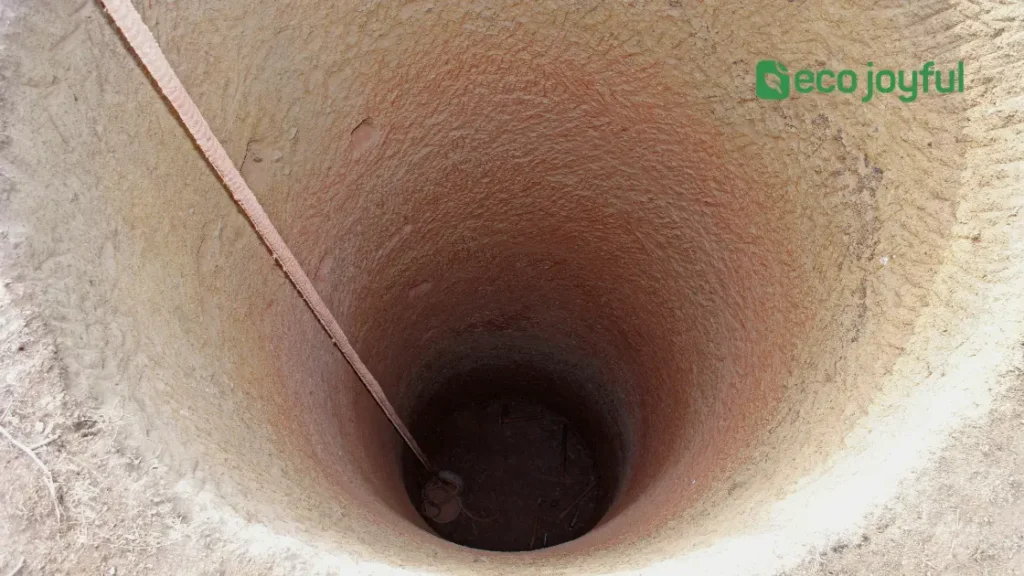
Assessing Groundwater Availability
Before beginning the process of digging a well, it is crucial to assess the availability of groundwater to ensure a successful and sustainable water source. Here are the steps involved:
- Research Local Geology: Understand the geological composition of your area, as different types of rocks and soil can impact groundwater presence and flow.
- Consult Experts: Seek guidance from local hydrogeologists or well drillers who can provide valuable insights into existing wells in the area and potential groundwater levels.
- Water Divining: Engage a professional water dowser who can use their expertise to identify potential water sources underground.
- Study Historical Data: Examine records of existing wells nearby to determine their depths and yield, as this can give you an idea of groundwater levels in your area.
Digging And Installing A Well
Once you have assessed groundwater availability, it’s time to start the excavation process and install your well. Take the following steps:
- Obtain Permits: Check with your local authorities regarding any permits or licenses required to dig a well on your property.
- Choose the Right Location: Identify a suitable spot that is away from contamination sources, such as septic tanks or fuel storage, and where the groundwater is more likely to be abundant.
- Assemble the Necessary Equipment: Gather the required tools such as a well drilling rig, casing, screens, and pipe materials to support the construction process.
- Start Digging: Begin the drilling process by using the rig to create a borehole until you reach the desired depth that intersects the aquifer.
- Install Well Casing: Lower the well casing into the borehole to protect the well shaft and prevent the walls from collapsing. Ensure that the casing extends above the ground surface.
- Add Screen and Gravel Pack: Insert well screens into the casing to prevent sediment from entering while allowing groundwater to flow easily. Additionally, add a gravel pack around the screen to filter out fine particles.
- Secure Well Cap: Install a sturdy well cap to prevent contamination from entering the well and safeguard it from unwanted debris.
- Test and Maintain: Once the well is operational, periodically test the water quality and maintain the well by keeping it clean and checking for any potential issues.
By following these steps, you can successfully dig and install a well to attain a reliable water source off the grid. Always consult with experts and adhere to local regulations to ensure a safe and environmentally friendly process.
Water Conservation
Discover effective techniques for getting water off the grid and conserving this precious resource. Learn simple yet impactful strategies to live a sustainable lifestyle and reduce water consumption.
Reducing Water Consumption
Reducing water consumption is an essential step towards effective water conservation. By implementing simple yet impactful habits, you can significantly decrease water usage in your off-grid living. Here are some practical tips:
- Repair Leaks: Regularly check your plumbing system for leaks and fix them promptly. Even a small leak can waste a significant amount of water over time.
- Shorter Showers: Take shorter showers and turn off the water while lathering up or shampooing your hair.
- Dual Flush Toilets: Switch to dual flush toilets, which give you the option of using less water for liquid waste.
- Efficient Dishwashing: When hand-washing dishes, fill one basin with soapy water and the other with clean water for rinsing. This eliminates the need for running water throughout the process.
- Water-Saving Appliances: Upgrade your appliances to more water-efficient models. Look for Energy Star labels and choose washing machines and dishwashers with high-efficiency ratings.
- Capture Rainwater: Install a rainwater harvesting system to collect rainwater from your roof. Use this captured water to water your plants or for other non-potable purposes.
- Check Faucets: Make sure your faucets do not drip when turned off. Fix any drips promptly to avoid wasted water.
Using Greywater For Irrigation
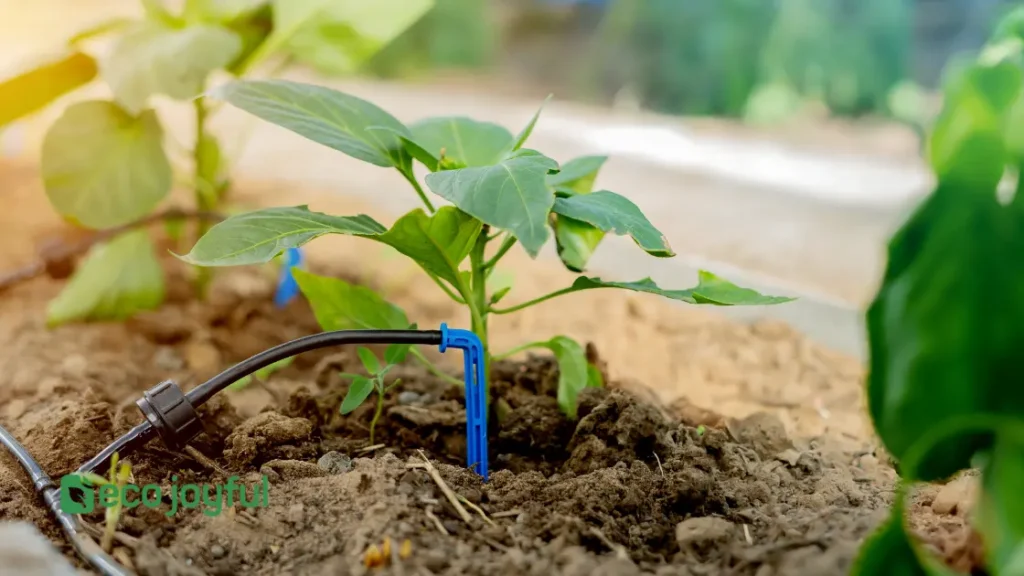
Greywater is the wastewater generated from household activities like laundry, dishwashing, or showering. Instead of letting this water go to waste, you can repurpose it for irrigating your plants and garden. Here’s how you can do it:
- Greywater Collection: Direct your greywater into a collection system that separates it from blackwater (toilet waste) for safe reuse.
- Plant-Friendly Products: Use biodegradable and plant-friendly soaps, detergents, and cleaning products to minimize any potential harm to the vegetation.
- Drip Irrigation: Install a drip irrigation system that uses greywater to water your plants slowly and efficiently. This helps minimize water evaporation and wastage.
- Keep it Underground: When distributing greywater, consider burying the irrigation pipes to prevent evaporation and reduce the risk of splashing or contact with humans or animals.
- Rotate Water Sources: Avoid using greywater on edible crops or root vegetables to reduce the risk of contamination. Instead, focus on watering ornamental plants or non-edible vegetation.
Water Recycling
Water recycling is an effective way to obtain off-grid water by reusing and treating wastewater. This sustainable method reduces reliance on traditional water sources and helps conserve water resources. By implementing innovative water recycling systems, it is possible to access a reliable and environmentally friendly water supply off the grid.
Water recycling is a sustainable solution for managing off-grid water resources. By implementing recycling systems, individuals can effectively reduce water waste and maintain a steady supply of clean, usable water. Implementing a Greywater Recycling System allows for the collection and treatment of household wastewater. This reused water can then be repurposed for tasks such as irrigation and toilet flushing, reducing the strain on freshwater resources.
Treating and Reusing Wastewater is another crucial aspect of water recycling, as it involves employing filtration and purification methods to make wastewater safe for reuse. Technologies such as reverse osmosis and UV disinfection can effectively treat wastewater, ensuring its cleanliness and safety. By repurposing greywater and treating wastewater, off-grid individuals can significantly minimize their water consumption and environmental impact.
Desalination
Desalination is a reliable method to obtain water off the grid, helping to address water scarcity in remote areas. By removing salt and other contaminants from seawater, desalination provides a sustainable solution for accessing clean drinking water.
Understanding Desalination Processes
Desalination is the process of removing salt and other impurities from water, making it suitable for drinking and various other uses. Understanding different desalination processes can help you make an informed decision on how to get water off the grid.
Utilizing Solar Desalination
Solar desalination is a sustainable and cost-effective method of obtaining clean water without relying on traditional grid systems. By utilizing the power of the sun, this process harnesses solar energy to vaporize water and then condense it into a separate container, leaving behind the salt and impurities.
There are two common types of solar desalination: solar stills and solar-powered reverse osmosis.
Solar Stills
Solar stills are simple and easy to construct, making them perfect for off-grid water desalination. They consist of a waterproof material cover placed over a container of saltwater. As the sun heats up the container, the water evaporates, condenses on the cover, and drips down into a separate collection reservoir, leaving behind the salt and impurities.
| Advantages of Solar Stills | Disadvantages of Solar Stills |
|---|---|
|
|
Solar-powered Reverse Osmosis
Reverse osmosis is a more advanced desalination process that uses a membrane to remove salt and impurities from water. When combined with solar power, it becomes an efficient and sustainable method to obtain clean freshwater off the grid.
Here’s how solar-powered reverse osmosis works:
- Photovoltaic (PV) panels generate electricity from the sun.
- The electricity powers a high-pressure pump.
- The pump pushes the saltwater through a semipermeable membrane, effectively filtering out the salt and impurities.
- Only the purified water passes through the membrane, leaving the concentrated brine behind.
- The purified water is collected and ready for use.
Solar-powered reverse osmosis is highly efficient but requires a larger initial investment due to the cost of PV panels and the high-pressure pump. However, it provides a larger production capacity, making it suitable for supplying water to communities or larger off-grid operations.
Conclusion
Getting water off the grid is achievable through various sustainable methods. By harnessing rainwater, utilizing natural filtration systems, and conserving resources, individuals can reduce their reliance on traditional utilities. Embracing off-grid water solutions can lead to self-sufficiency, cost savings, and environmental benefits.
Start making a difference today!





